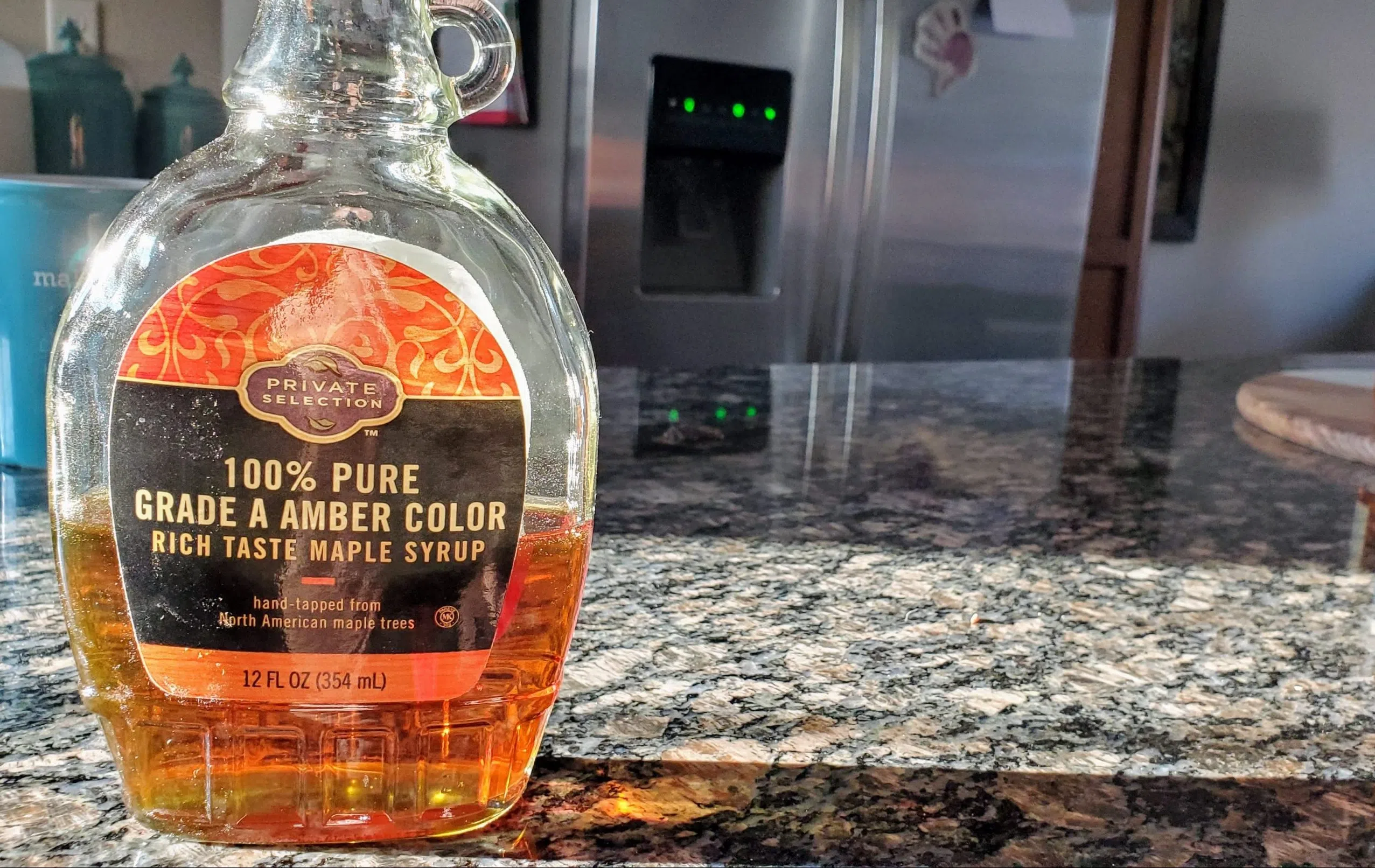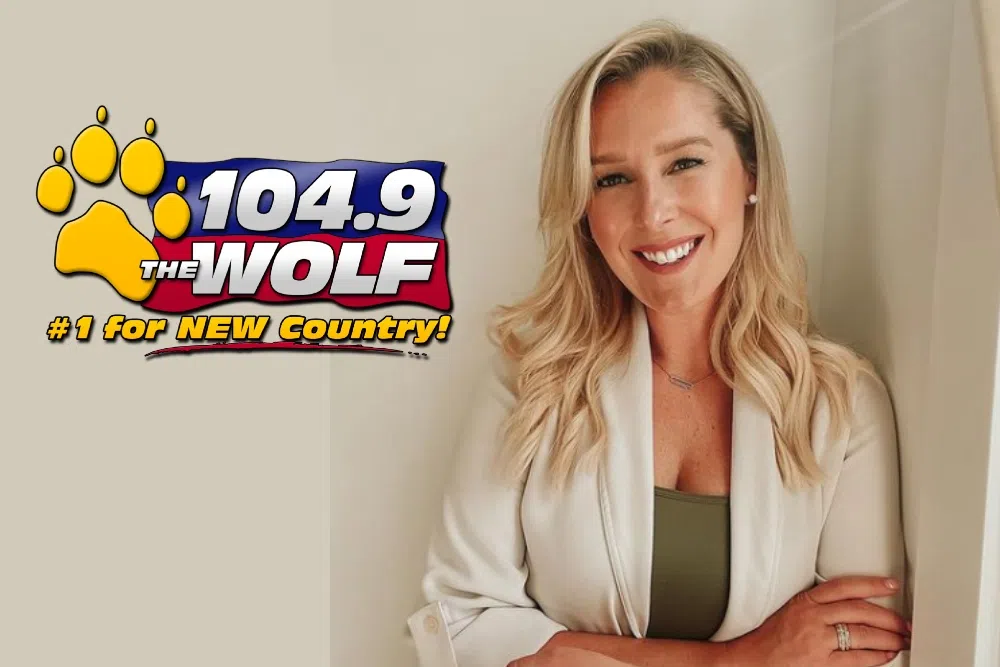Sunday morning I was asked the question – would you like maple syrup or pancake syrup for my French Toast? My answer was a very confused “Huh?” That by the way, is my standard answer when I didn’t know there was a difference between the two things you just asked me. “You mean…they aren’t the same thing?” Apparently not was my assumption after I heard the response…(sigh) “oh, Christopher”. Let me give you a quick run down on the difference between Maple Syrup and Pancake Syrup so you don’t have the same confused look on your face as I did on mine. You’re welcome by the way.
Pure maple syrup is made from the sap of maple trees, which is then boiled down to get rid of some of the water and concentrate its flavor and sweetness. Pancake syrup is usually made from high-fructose corn syrup and flavorings such as butterscotch, caramel and vanilla to make it taste more like maple syrup.
It takes about 40 gallons of maple sap — and nothing else — to make one gallon of real maple syrup. By contrast, the artificial stuff — think Aunt Jemima and Mrs. Butterworth’s — is mostly corn syrup. Fake maple syrup resembles real maple syrup about as much as Velveeta resembles a good Camembert (I looked it up, that’s a fancy cheese by the way).
In 2015, the U.S. Department of Agriculture addressed this potential point of confusion when it changed the labeling system for syrup so that it’s in line with international standards. Now all maple syrup is grade A, followed by a color/flavor description:
• Grade A Light Amber is now Grade A Golden Color/Delicate Taste
• Grade A Medium Amber is now Grade A Amber Color/Rich Taste
• Grade A Dark Amber is now Grade A Dark Color/Robust Taste
• Grade B is now Grade A Very Dark Color/Strong Taste
Pure maple syrup is a better choice than pancake syrup, but it certainly isn’t a health food. It is considered to be an “added sugar” in your diet and is NOT healthier than sugar.
Check out a few past blogs




